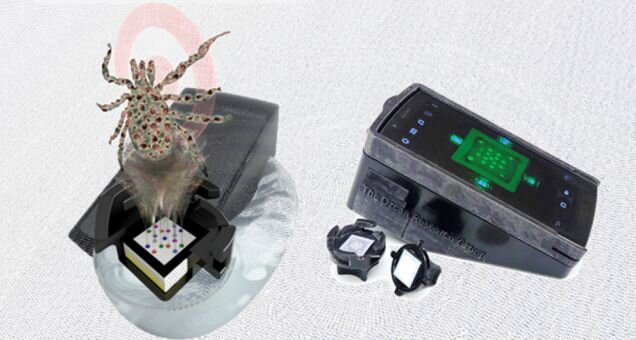Paper-based test could diagnose Lyme disease at early stages
Date: 30.12.2019
About 300,000 cases of Lyme disease, which is caused by the tick-borne bacteria Borrelia burgdorferi, are diagnosed in the U.S. each year, according to the U.S. Centers for Disease Control and Prevention.
 Early symptoms of the disease include the characteristic skin rash, along with fever, headache, chills and muscle aches. If not treated promptly with antibiotics, more severe symptoms, such as facial palsy, nerve pain, heart palpitations and arthritis, can occur.
Early symptoms of the disease include the characteristic skin rash, along with fever, headache, chills and muscle aches. If not treated promptly with antibiotics, more severe symptoms, such as facial palsy, nerve pain, heart palpitations and arthritis, can occur.
However, 10-20% of infected people do not develop the rash, and existing diagnostic blood tests are slow, costly or insensitive at early stages, when treatment is most effective. Aydogan Ozcan and colleagues wanted to develop a fast, easy-to-use and inexpensive blood test to diagnose Lyme disease soon after infection.
The researchers built a handheld, paper-based device to detect antibodies against the B. burgdorferi bacteria in serum samples. The device included a sensing membrane that contained several spots covering seven bacterial antigens and a synthetic peptide. Antibodies from serum samples that attached to the spots were detected with a solution that changed color, depending on the amount of antibody captured.
The researchers took pictures of the color changes on a smart phone, then analyzed all of the spots with a neural network they developed that could determine whether the sample was positive or negative for Lyme disease.























